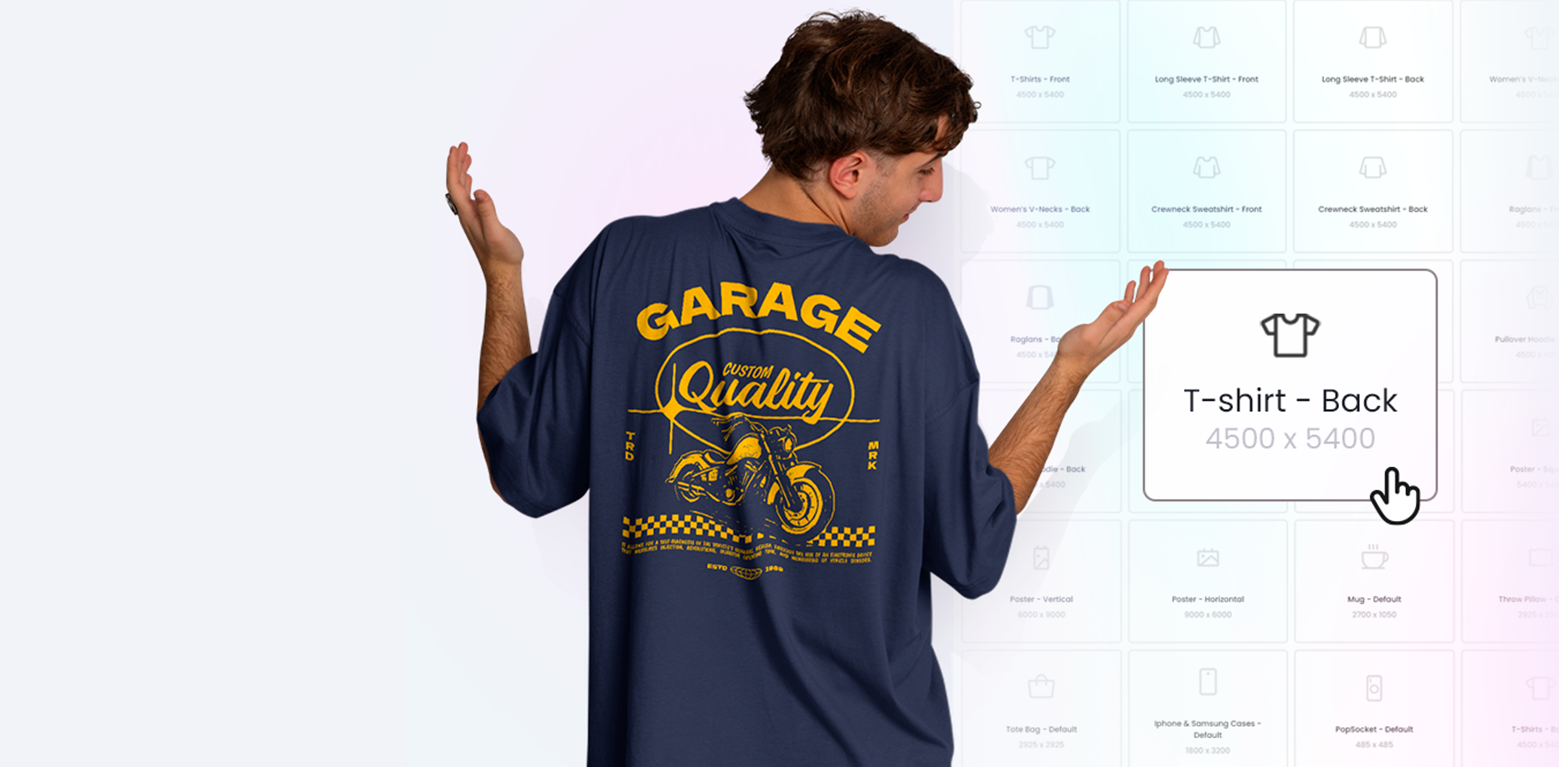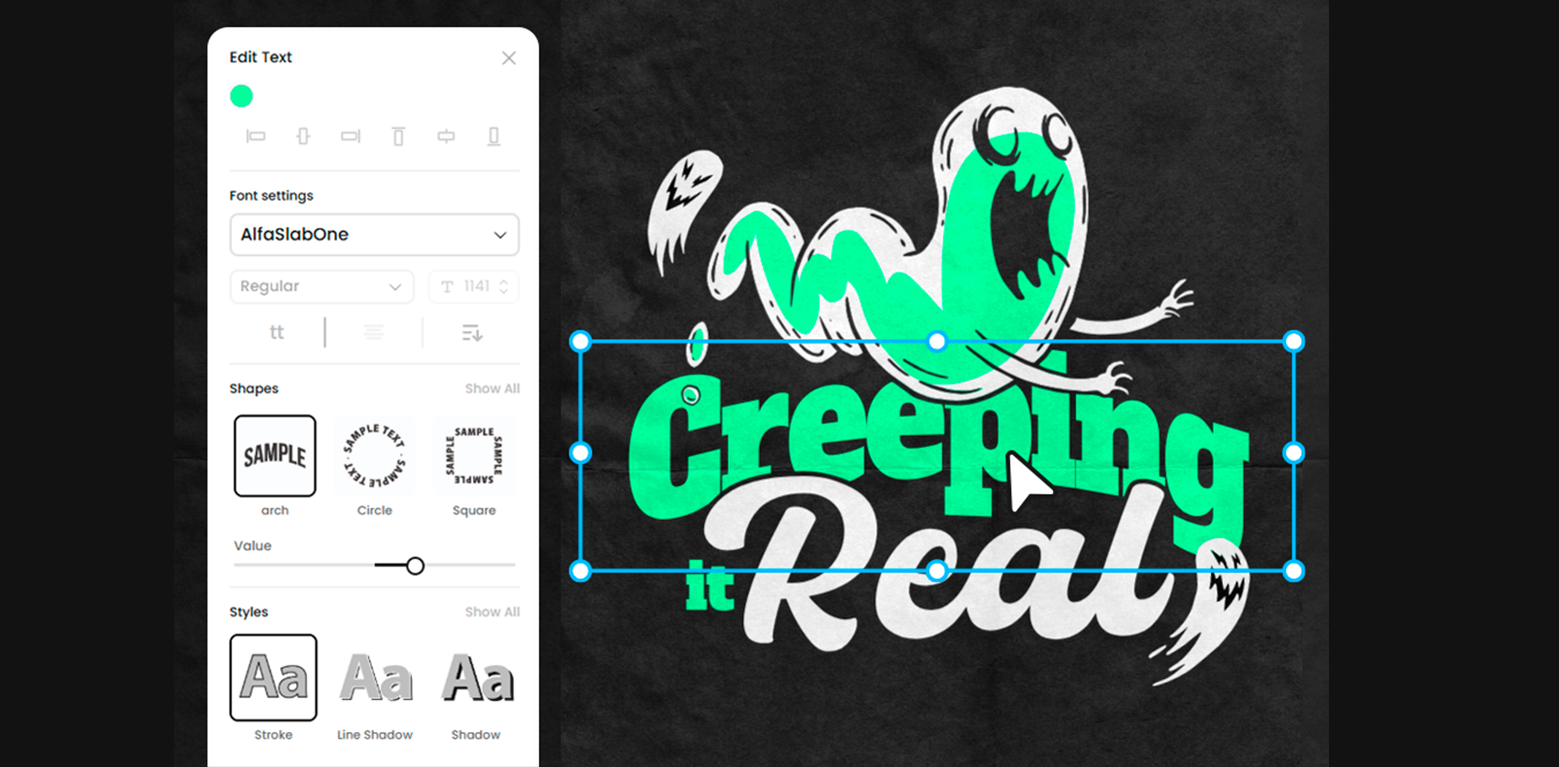Have you ever heard of SEO? If you have been in the online business world for a long time, you have surely come across this acronym at some point. Whether you have experience or are just starting to sell merch, we’ll tell you everything you need to know about SEO for E-commerce so you can increase traffic to your store in the most efficient way.
What Is SEO And Why It’s Important
Let’s pay special attention to organic traffic, that is, the non-paid users who visit your website. This segment of users is essential since they move out of pure interest in your products. So, how can you make sure these users find your online store? Positioning it high in the SERPs (Search Engine Results Pages) like Google or Bing, for example.
To achieve this, the best strategy is to make sure your site is SEO-friendly. SEO (Search Engine Optimization) is a process by which the visibility of a website in the SERPs is improved. This is achieved through creating and optimizing content, using keywords, and link building.
Next, we’ll tell you which are the best practices to work on your SEO strategy:
How To Find The Right Keywords For Your Merch Store
Choosing the right keywords is a crucial step on the path to optimizing your website. These keywords will help you achieve a high ranking in the SERPs, but what are they?
What are keywords
Keywords are words or sets of words that users enter into the search engine when they search for something in particular. For example, “cat” is a keyword, but so is “taking care of a cat” or “cat food.”
The effectiveness of a keyword depends on the number of people who are searching for it and the number of sites that are using it. A high search volume is a good indicator, although you may encounter greater competition. On the other hand, low volume may indicate that there is less interest from users.
Where to look for keywords
- Google: Search for concepts related to your products or the niche you are working with. What appears in the top positions? You can also use add-ons like Keyword Surfer to discover the search volume and get new ideas.
- Research tools: Also search for words or phrases related to your niche in tools like SEMrush, Google Trends, Answer the Public, or Exploding Topics, where you can discover the competition level and search volume.
- Social media: Pay attention to current trends and hashtags. What are people talking about? What are they interested in? You can get a lot of ideas by exploring different platforms, such as Instagram, X, and TikTok.
- The competition: Of course, what your competitors do can be a spark of inspiration, although you should always be careful to focus on understanding your strategy and not on baseless copying. Save those keywords in a spreadsheet and check their search volume to compare and draw conclusions.

Make sure your site is SEO-friendly
Optimize Your Tags
HTML tags are a type of keywords that define how a web browser will format and display the content. Browsers read tags from top to bottom, so you must take special care from the very beginning.
Titles
A title tag is an element that helps specify what the title of your webpage will be. This is what users will see in the SERPs, so you should pay special attention to it.
- The optimal length for titles is between 50 and 60 characters.
- Make sure to include the main keyword you are working with.
- Don’t forget a striking and clear meta description (that text you see under the title of the websites in the SERPs) that allows the user to know what they’re going to find on your website. The idea is to write a short and relevant summary of what your website is about.
Images
SERPs not only take the text of your website but also the images, which they process through filenames and alt tags. What are alt tags? The alternative text with which you describe each image on your site is what you see when the image does not load or when a visually impaired person uses a descriptive screen reader.
In both the filename and the alt tag there must be a description of what is in the image. If you can, use a keyword too.
Optimize Your Content
The content you offer on your site should not only be useful but also contain the appropriate keywords so that your users can find the information or products they are looking for. Remember: browsers read your website from top to bottom, so you must find a way to use your keywords naturally at the beginning of any text.
Product descriptions
The more unique your content is, the more it’ll attract attention in the SERPs and, therefore, the greater the chance of attracting potential customers. When listing your products, write concise descriptions, highlighting benefits and features, plus any other relevant information like the price, color, or weight. Don’t forget to use important keywords! Also, remember that this data is what the user is looking for and that it must be presented clearly and entertainingly.
Blog
One of the best ways to optimize the content of your website is to maintain a blog with useful information for your users, with news, tips, and guides. This way, you’ll have constant opportunities to position your posts at the top of the SERPs and attract the attention of potential clients who are looking for something related to your niche or merch in general.
Some ideas for your blog that usually work are:
- Posts that start with How To, Learn How.
- Posts that include: Complete Guide, Fast Guide, Updated Guide.
- Present information in lists, steps, forms, examples.
- Include a number: 27 examples, 6 steps, 8 ways.
- Exaggerate: the best, the ultimate.
Social media
Of course, sharing links to your products or blog posts on social media is essential to make that content visible and increase your brand awareness. Plus, it’s another way to reach your audience and get them interested in what you have to offer.
Visual content
Visual content is rewarded by Google’s algorithm, so you must make sure to provide the user with a great visual experience in addition to working on your texts and tags. Without overdoing it, use all the necessary images to make your site understandable, pleasing to the eye, and easy to navigate. Use quality images, but don’t forget to compress them so that their weight is reduced and your website doesn’t take long to load.
Link Juice
Link Juice is another way to optimize the positioning of a web page or a post. If you publish a post with links to other websites, a part of its potential positioning is redistributed to each of these links to other websites.
Add links to other sections of your website or posts on your blog to improve its positioning in the SERPs. For example, add links to the products you want to position, as long as they have something to do with the topic you are talking about. Make sure you structure your store in a way that makes it clear which sections are the largest and link build in a way that benefits them.
You have to be careful not to overdo it, as the benefit will be less and the text will be harder to read, which could drive away users.
The world of SEO is much deeper than this and can require a lot of analysis, but these are some easy actions you can take to start optimizing your website and reach the top of the search engines without having to do more extensive research. Of course, we invite you to learn more about the subject to always continue improving your online store!








